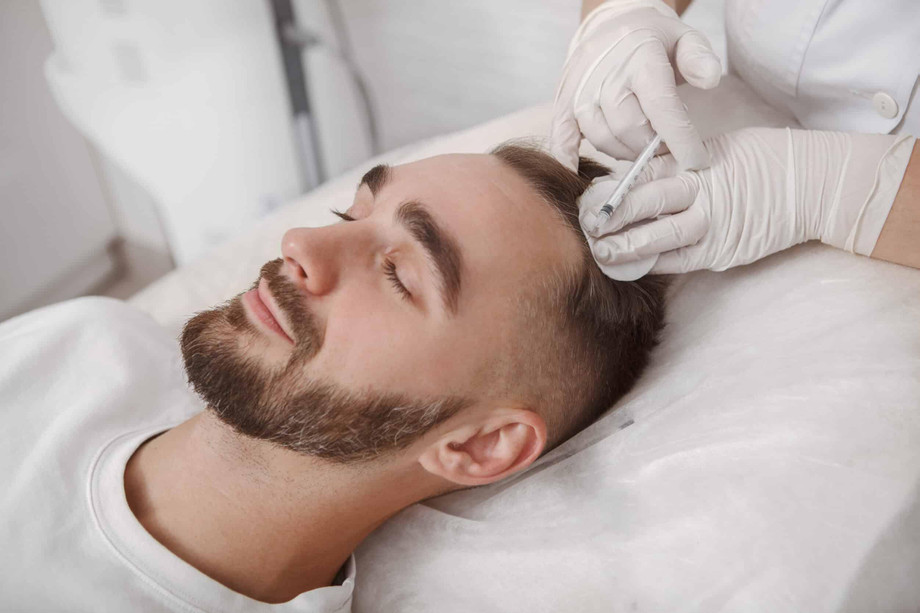Hair loss is a common concern for many individuals, impacting both men and women of various ages. While there are numerous treatments and remedies available, one innovative and promising approach gaining attention is blood plasma treatment for hair loss. This non-invasive procedure harnesses the power of your body's natural healing properties to stimulate hair growth and restore confidence. In this article, we'll delve into the world of blood plasma treatment for hair loss, exploring the science behind it, its benefits, and what you can expect from the procedure.
Understanding Hair Loss:
Hair loss can be caused by various factors, including genetics, hormonal changes, medical conditions, medications, and lifestyle choices. Male pattern baldness (androgenetic alopecia) and female pattern baldness are the most common forms of hair loss, but there are also other types, such as alopecia areata and telogen effluvium.
The Science Behind Blood Plasma Treatment:
Blood plasma treatment for hair loss, also known as platelet-rich plasma (PRP) therapy, is a medical procedure that leverages the regenerative properties of platelets in your blood. Platelets contain growth factors and proteins that play a crucial role in tissue repair and regeneration.
Here's how the procedure works:
Blood Collection: The process begins with a simple blood draw, typically from your arm, similar to a routine blood test.
Centrifugation: The collected blood is then placed in a centrifuge, a machine that spins at high speeds to separate the components of the blood. This process isolates the platelets and plasma, creating a concentrated PRP solution.
Injection or Topical Application: The PRP solution is injected directly into the scalp at the targeted areas experiencing hair loss, or it can be applied topically. The growth factors in PRP stimulate the hair follicles, promoting hair growth and thickening existing hair.
Benefits of Blood Plasma Treatment for Hair Loss:
Non-Invasive: PRP therapy is a non-invasive procedure, meaning there are no surgical incisions or anesthesia required. It is well-tolerated by most patients with minimal discomfort.
Natural Approach: Since PRP therapy utilizes your body's own blood plasma, there are no synthetic or foreign substances involved. This makes it a safe and natural option for hair restoration.
Minimal Downtime: PRP therapy typically has minimal downtime, allowing you to resume your daily activities almost immediately after the procedure.
Effective Results: Many individuals have reported noticeable improvements in hair growth, thickness, and texture after undergoing PRP therapy. Results may vary from person to person.
Low Risk of Allergic Reactions: Because PRP is derived from your own blood, there is a low risk of allergic reactions or adverse side effects.
It is important to consult with a qualified healthcare provider or dermatologist to determine if PRP therapy is suitable for your specific condition.
What to Expect from PRP Therapy:
Consultation: The process begins with a consultation with a medical professional who will assess your hair loss condition and discuss your treatment goals.
Treatment Sessions: PRP therapy typically consists of multiple sessions, spaced several weeks apart. The exact number of sessions may vary based on individual needs and response to treatment.
Procedure: During each session, the PRP solution is prepared and administered by a trained healthcare provider. The injection process is relatively quick, often taking less than an hour.
Recovery: There is minimal downtime associated with PRP therapy. You may experience some mild redness or tenderness at the injection site, which usually resolves within a day or two.
Results: Hair regrowth is gradual and may become noticeable after a few months of treatment. Consistency with the recommended treatment plan is essential for optimal results.
For More Info:-
best skin resurfacing treatment
chemical peeling treatment near me





Comments